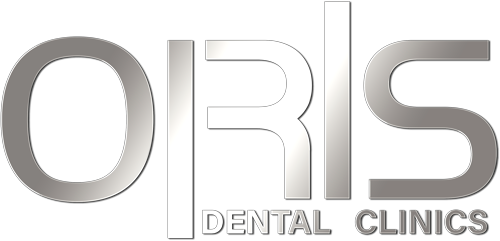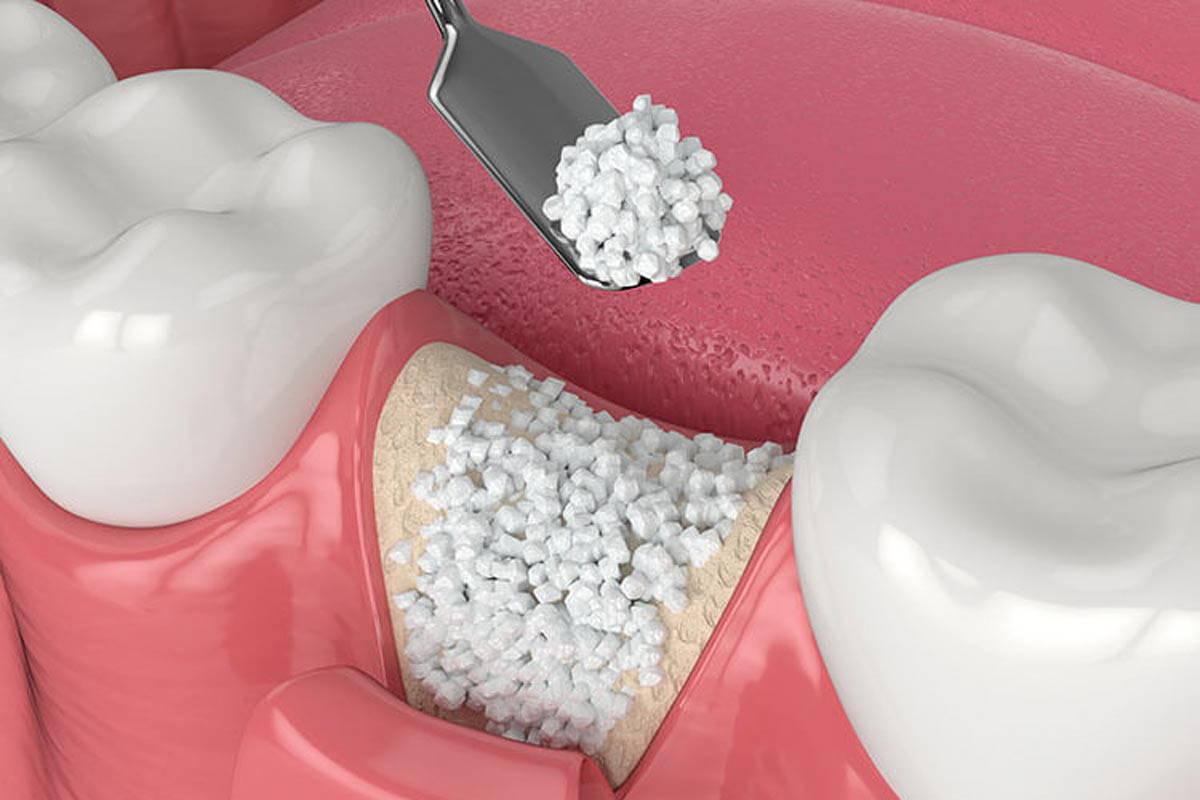A dental bone graft is a surgical operation in which a dentist or oral surgeon inserts bone tissue into the jawbone to support dental implants or to prevent natural tooth loss. This technique is frequently done when the jawbone has deteriorated due to trauma, periodontal disease, or other causes, making it challenging to place dental implants or leading to loose teeth.
Typically, the dentist or oral surgeon may utilize a synthetic bone substitute material or extract a small quantity of bone tissue from another part of the patient’s body during the treatment. This bone tissue is then transplanted onto the jawbone, where it gradually fuses with the existing bone to form a stronger, more stable foundation for dental implants or natural teeth.
Following the bone grafting operation, the patient will often need to wait a few months for the new bone tissue to fully integrate with the existing bone before dental implants or other dental treatments.
How Long Does It Take to Recover After a Bone Graft?
As Soon as the Procedure Is Over
Following the bone grafting treatment, you will usually be transferred to a recovery area to rest until the effects of anesthesia wear off. The affected area may be uncomfortable, painful, and swollen. The dentist may suggest taking painkillers and using ice packs to minimize swelling.
During the First 24 to 48 Hours
It’s crucial to take it easy and rest in the first 24 to 48 hours following the treatment. Eat only soft foods and drink only liquids while avoiding physical activity. Avoid eating on the side of the mouth where the bone graft was placed since this might dislodge the blood clot and cause recovery to be delayed.
Oral Hygiene
Maintaining good oral hygiene is crucial for optimal bone graft recovery. The dentist might give you information on how to care for your mouth and teeth while recovering. For example, you should avoid brushing the afflicted area for the first week, but you can keep it clean by rinsing your mouth with a saltwater solution or an antiseptic mouthwash.
Follow-up Appointments
The dentist or oral surgeon will need to schedule follow-up sessions with you to check on your healing progress and ensure the bone transplant is correctly integrating with your jawbone. During a follow-up session, your dentist may remove any stitches or sutures used during the procedure.

Long-term Recovery
After a bone graft, healing can take several months. During this period, the bone transplant will integrate with the existing jawbone and establish a solid foundation for dental implants or other dental treatments. If you want to protect the bone graft and ensure it heals properly, you may need to reduce your activity level or avoid specific foods. It is critical to carefully follow the dentist’s recommendations during this time to guarantee the most significant potential outcome.
The recovery period following a dental bone graft treatment can be painful and may necessitate several weeks or months of careful oral hygiene and physical activity. However, with adequate care and follow-up, the bone graft can fuse with the existing jawbone and offer a stable foundation for future dental work.
How Can I Speed Up the Healing Process?
There are a few things you may do to hasten the dental bone graft healing process, even if it may take several months to recover:
- Follow Your Dentist’s Post-Operative Instructions: Following your dentist’s post-operative instructions is critical for a successful and quick recovery. This includes taking prescribed medications, avoiding particular foods, and practicing oral hygiene.
- Maintain a Nutritious Diet: Eating a well-balanced diet rich in protein, vitamins, and minerals can aid healing. Focus on soft foods that are simple to eat and digest instead of hard, crunchy, or hard to chew.
- Quit Smoking: Smoking slows down recovery and raises the possibility of problems after a bone graft. If you smoke, you should quit or at least avoid smoking for several weeks after the treatment.
- Rest and Limit Physical Activity: Getting plenty of rest and avoiding strenuous physical activity for a few days following the procedure is essential. This may promote healing and reduce edema.
- Consider Utilizing a Cold Laser Treatment Device: Some studies have suggested that low-level laser therapy can assist in speeding up the healing process following a bone graft. Ask your dentist if this procedure is best for you.
- Manage Stress: Stress weakens the immune system and slows healing. Finding stress management methods, such as meditation, deep breathing, or yoga, can aid the healing process.
It is crucial to note that each patient’s healing process is unique. Following your dentist’s guidance and suggestions during recovery time is critical to guarantee the best possible outcome. Contact us at ORIS Dental Clinics or book an appointment online if you live in Richmond Hill, Ontario, immediately!




